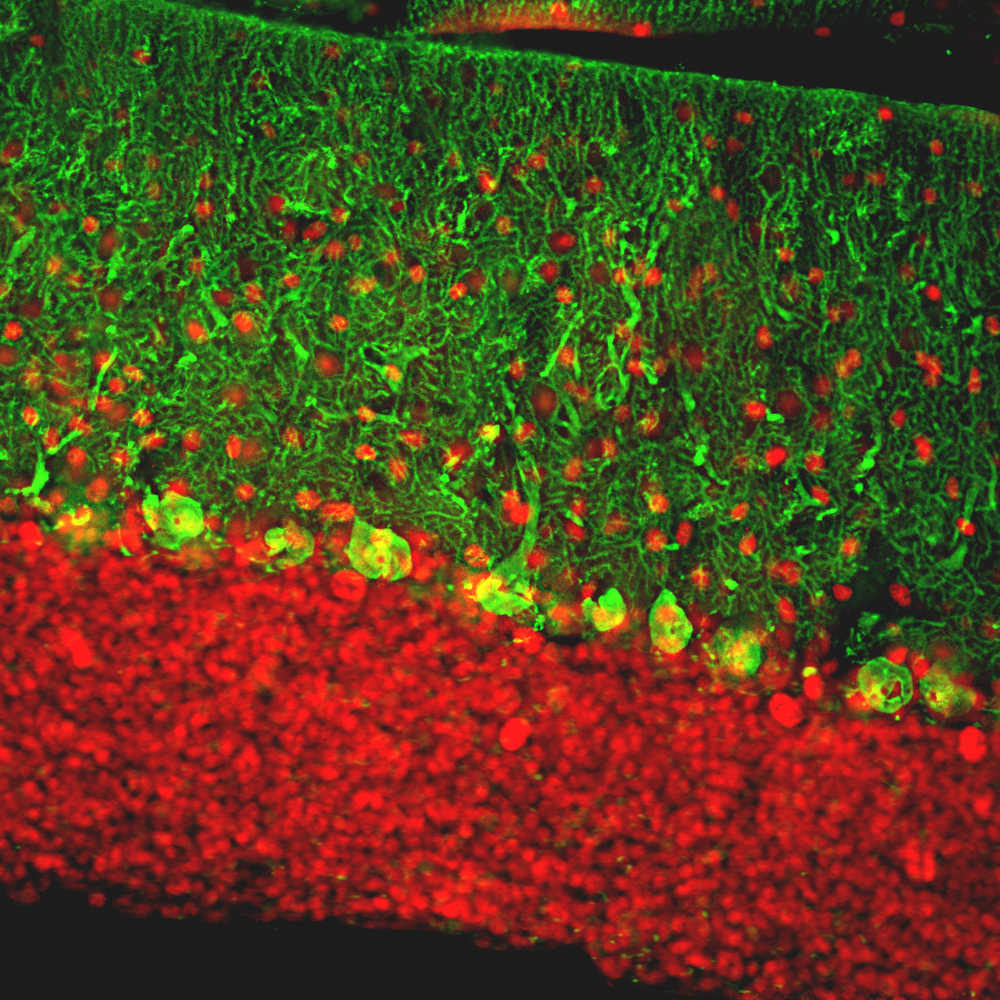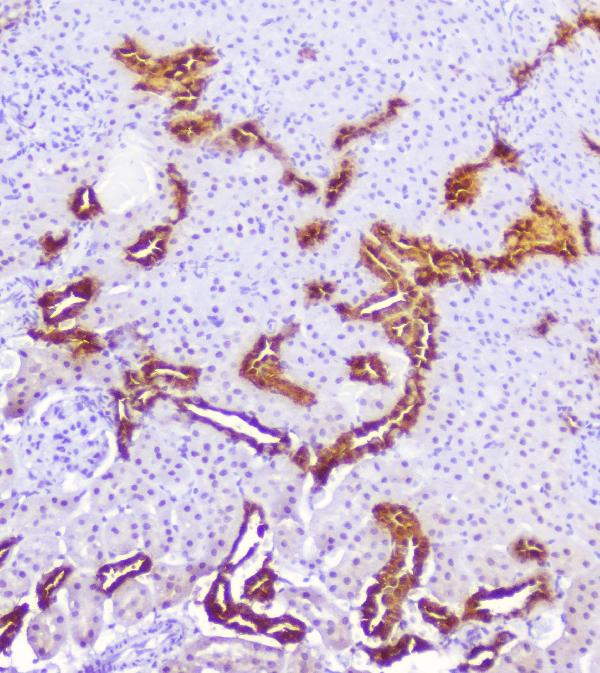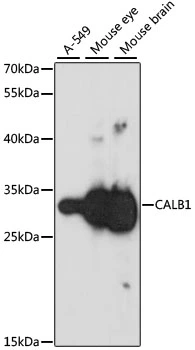Calbindin antibody
GTX130856
ApplicationsImmunoFluorescence, Western Blot, ImmunoCytoChemistry, ImmunoHistoChemistry, ImmunoHistoChemistry Frozen, ImmunoHistoChemistry Paraffin
Product group Antibodies
TargetCALB1
Overview
- SupplierGeneTex
- Product NameCalbindin antibody
- Delivery Days Customer9
- Application Supplier NoteWB: 1:500-1:3000. ICC/IF: 1:100-1:1000. IHC-P: 1:100-1:1000. IHC-Fr: 1:100-1:1000. *Optimal dilutions/concentrations should be determined by the researcher.Not tested in other applications.
- ApplicationsImmunoFluorescence, Western Blot, ImmunoCytoChemistry, ImmunoHistoChemistry, ImmunoHistoChemistry Frozen, ImmunoHistoChemistry Paraffin
- CertificationResearch Use Only
- ClonalityPolyclonal
- Concentration0.51 mg/ml
- ConjugateUnconjugated
- Gene ID793
- Target nameCALB1
- Target descriptioncalbindin 1
- Target synonymsCALB, D-28K, calbindin, RTVL-H protein, calbindin 1, (28kD), calbindin 1, 28kDa, calbindin 27, calbindin D28, calbindin-D28k, vitamin D-dependent calcium-binding protein, avian-type
- HostRabbit
- IsotypeIgG
- Protein IDP05937
- Protein NameCalbindin
- Scientific DescriptionCalbindin is a calcium-binding protein belonging to the troponin C superfamily. It was originally described as a 27-kD protein induced by vitamin D in the duodenum of the chick. In the brain, its synthesis is independent of vitamin-D-derived hormones. Calbindin contains 4 active calcium-binding domains, and 2 modified domains that presumably have lost their calcium-binding capacity. The neurons in brains of patients with Huntington disease are calbindin-depleted. [provided by RefSeq]
- Storage Instruction-20°C or -80°C,2°C to 8°C
- UNSPSC12352203
References
- Tsai CW, Tsai SJ, Pan YJ, et al. Transcranial Ultrasound Stimulation Reverses Behavior Changes and the Expression of Calcium-Binding Protein in a Rodent Model of Schizophrenia. Neurotherapeutics. 2022,19(2):649-659. doi: 10.1007/s13311-022-01195-xRead this paper






